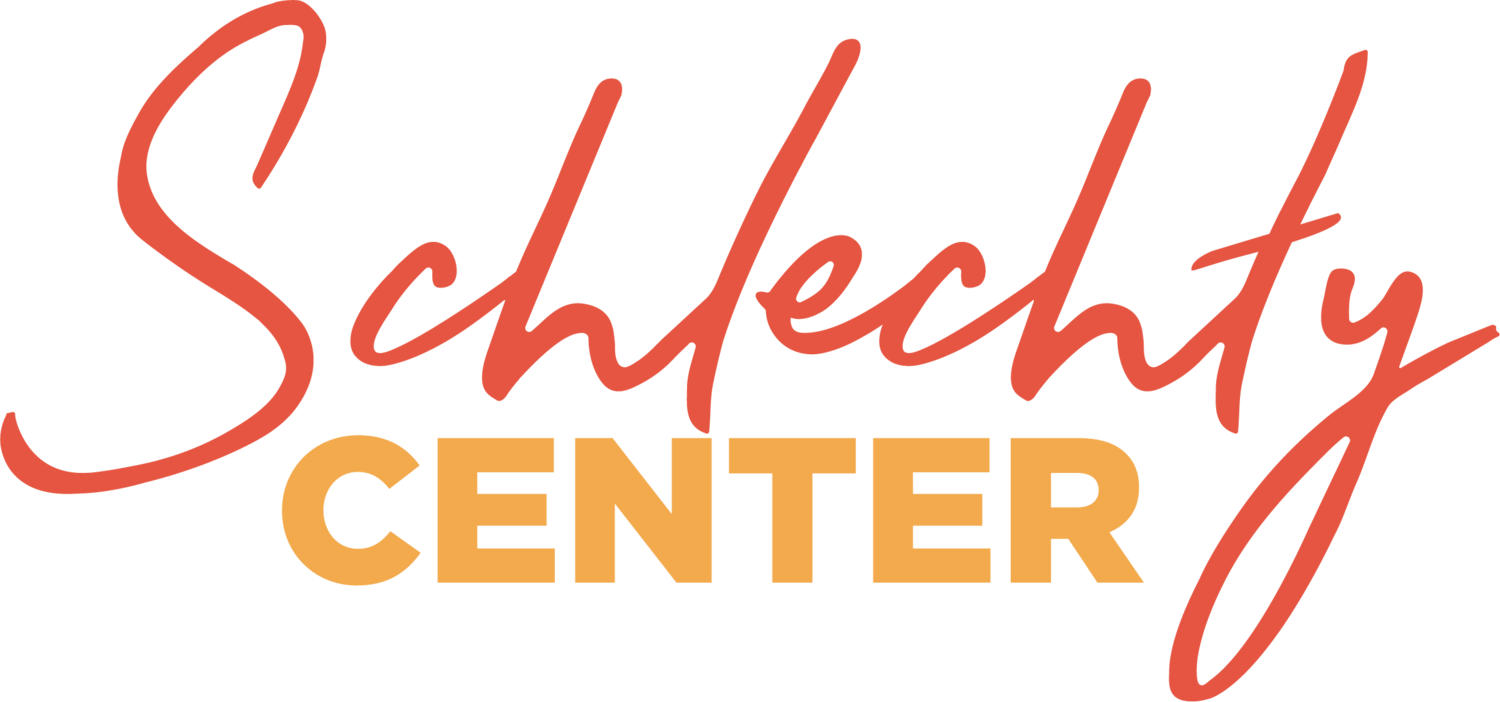The Teacher’s Dilemma
Teachers and others who theorize about teaching are well aware that the instruction of children in large groups (larger than eight to ten children) is not ideal and that individual tutoring and instruction in small groups are probably more effective means of instruction. Until the digital age, the economic realities of mass education made—or were perceived to make—such a solution beyond reach. Consequently, educators have spent a great deal of time and energy trying to create ways to individualize and personalize instruction in a context that is designed to support mass instruction and batch processing. The result is that teachers worry much over the fact that the demands of large collections of children gathered in a single place for instruction make it very difficult for teachers to do many of the things they believe are important to educate each child—for example, to coach and assess each child each day in a careful manner. A teacher once said to me, “There are so many of them and so few of me. Their learning styles differ, and I try to adjust what I do to meet their styles, but like everybody else, I am limited in what I can do.”
As long as teachers believe that they are or should be the primary source of instruction for children in school or out of school, teachers will always be confronted with this very real dilemma. Fortunately the revolution that has developed around electronic information technologies makes it possible to address the problems this dilemma presents in ways that were not possible in the past.
Engaging Students: The Next Level of Working on the Work
Phillip C. Schlechty, 2011, p. 99
Want to see how one teacher uses technology to address the "teacher's dilemma" while leveraging the Design Qualities of Authenticity and Novelty? Watch this video.
The Engagement People

